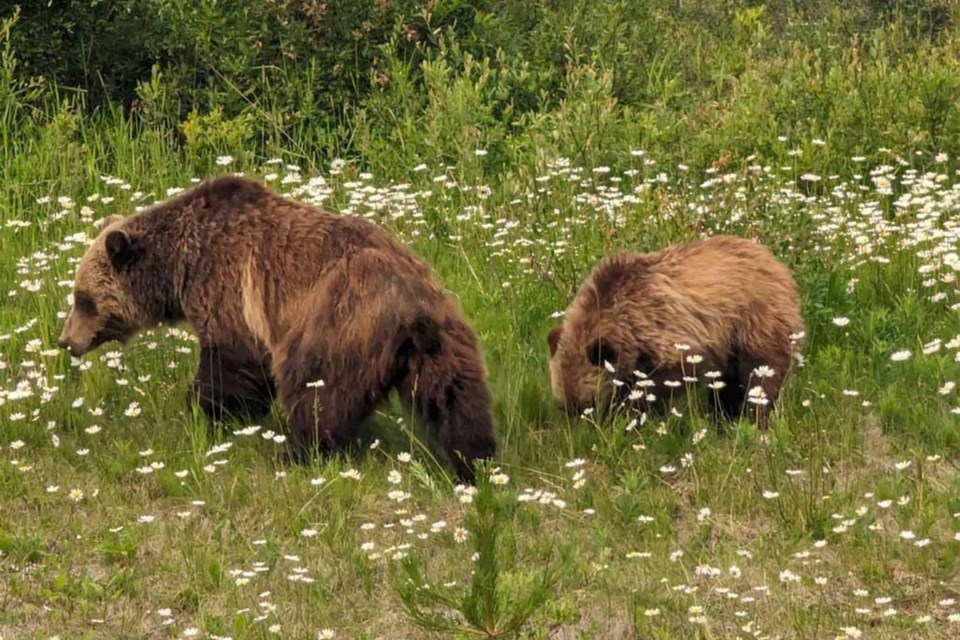MOUNTAIN VIEW COUNTY - Area landowners are being encouraged to help out with an ongoing grizzly bear DNA collection project underway in the district, says Mountain View BearSmart Society chairman and biologist Paul Fraser.
“New data from this project will document the distribution of grizzly bears in the eastern portion of bear management area 4 and compare changes in occupancy over time from past DNA population research in the area,” Fraser told the Albertan.
“This will help increase our knowledge of grizzly bear populations in the area in our effort to keep people and bears safe.”
In 2018, the Foothills Researcher Institute (fRI) started collection of grizzly bear hair samples in the bear management area 4, which includes part of Mountain View and Clearwater counties.
The following year, institute scientists undertook grizzly bear trapping and radio-collaring in the management area, on both private and public lands, to gather information on movement patterns, identify den sites and other information.
In all 10 grizzlies were trapped and radio-collared, two on private land.
Mountain View BearSmart Society officials have been assisting the scientists with the project, and are now asking area resident interested in helping out to come forward. Specifically, officials are looking for landowners willing to have hair snares set ups on their property.
The DNA collected from the hair snare site help identify individual bears and helps the researchers understand how the bear population is thriving in the district, officials said.
As well, the scientists can use the hormone levels in the hair for indications the individual bear’ health and reproductive status.
The scent lures themselves contain no food reward, so the bears visit then sites and then move on, hopefully leaving tufts of hair behind.
Fraser noted that data from grizzly bear population inventory work showed an increase in numbers in bear management area 4 between 2005 and 2018.
“Currently the provincial government has no programs in place to continue with ongoing monitoring of grizzly bear populations,” he said. “FRI wants to see continued monitoring to be able to respond to questions from stakeholders and residents about local grizzly bear populations on an ongoing basis.
“The primary objectives of this program are to monitor survival, productivity and health of grizzly bear populations using targeted non-invasive genetic sampling, and monitor habitat occupancy and possible changes in ranges.”
Anyone interested in participating, can contact Paul Fraser at (403) 638-6406 or [email protected] or the FRI biologist Darío Fernández-Bellon at (780) 817-4580 or [email protected]



